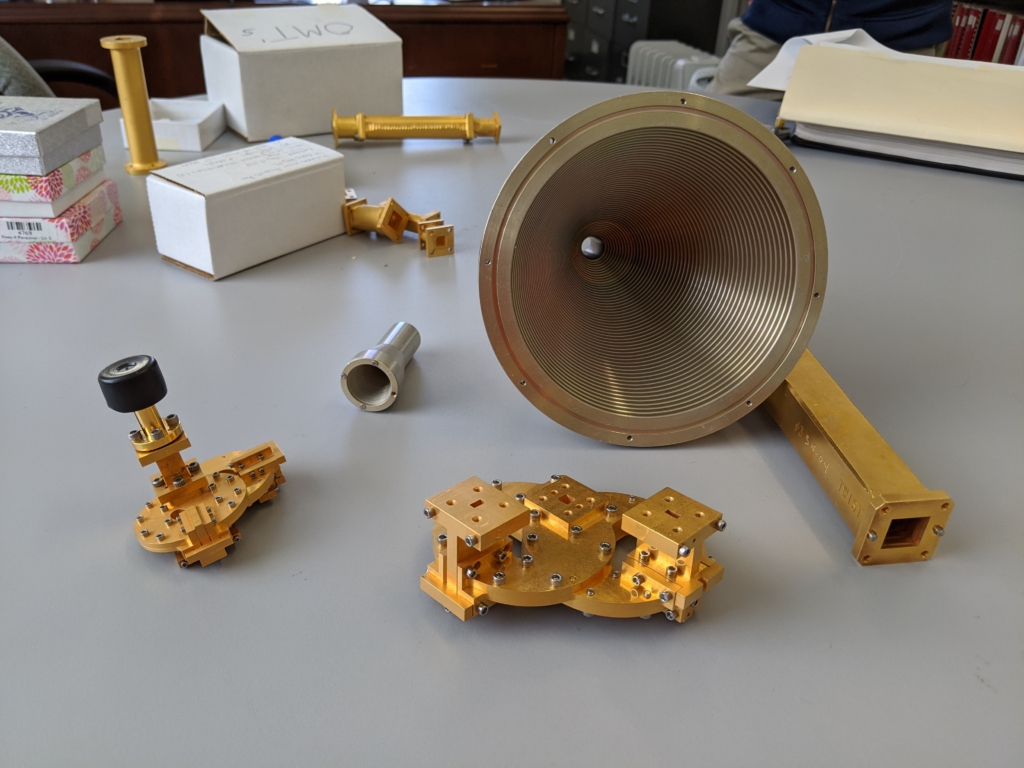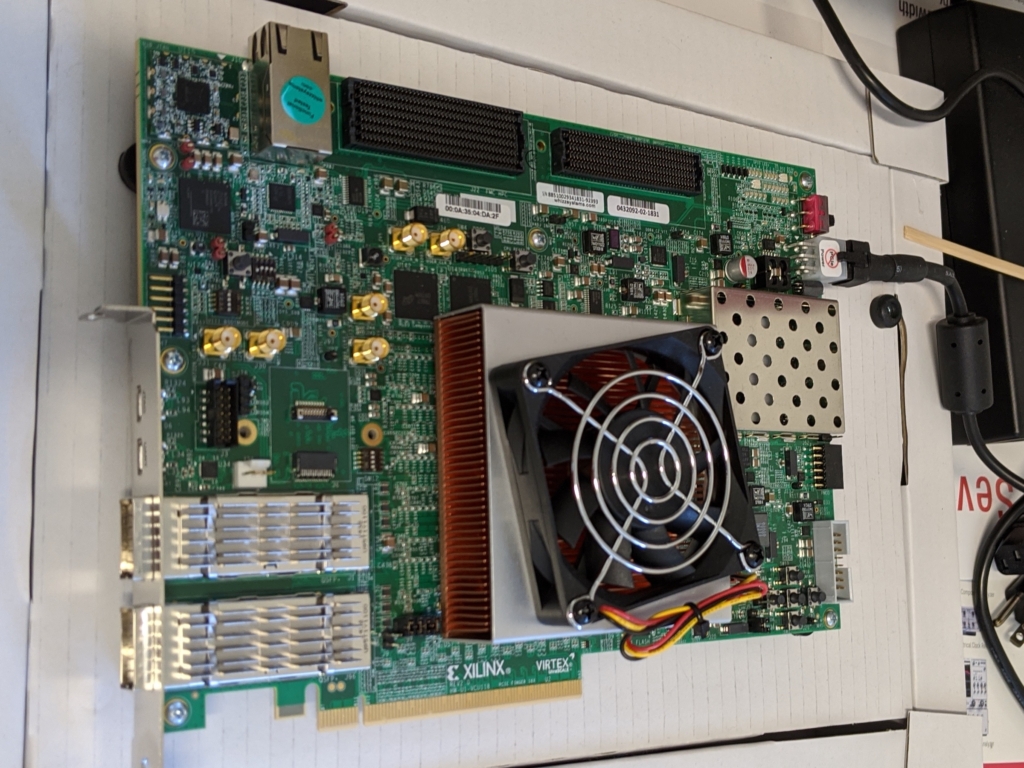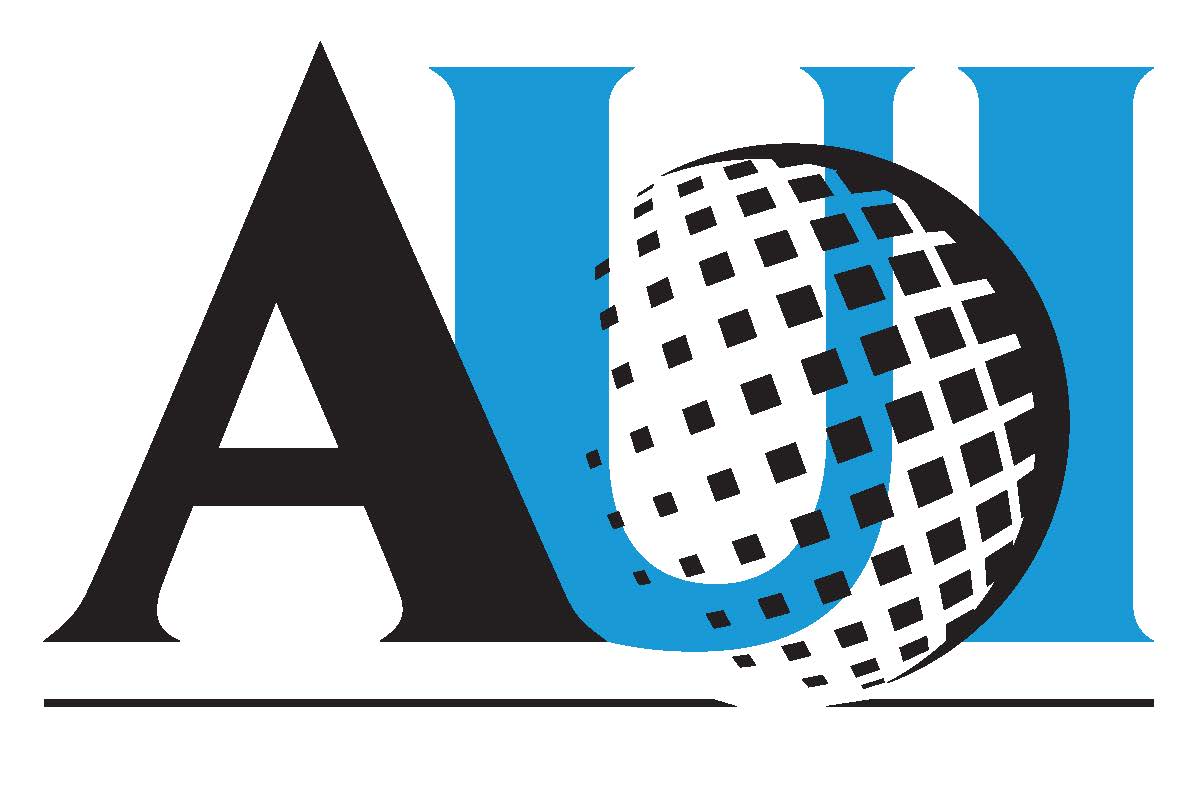ASTRO ACCEL brings together researchers and practitioners in the domains of astronomy education, engagement, communication and culture to connect stakeholders and advance these areas of research, proudly unveils its inaugural cohort of eight early career researchers.
Recent News
NSF Funds New Opportunity for Undergraduate Students
AUI and UNC-Chapel Hill are currently seeking undergraduate students to contribute to cutting-edge research in astronomy education. This paid opportunity, open to education and STEM majors, explores the impacts of new curriculum centered on the use of robotic telescopes.
Stellar Explosions and Cosmic Chemistry
Astronomers have discovered the secrets of a starburst galaxy producing new stars at a rate much faster than our Milk Way. This research revealed many different molecules, more than ever seen before in a galaxy like this.
NRAO’s Central Development Laboratory: Making the Invisible Visible
Nestled among the hills of the University of Virginia campus are a couple of nondescript buildings. They are home to NRAO’s Central Development Laboratory (CDL). The buildings are easy to overlook, just as it is easy to overlook the work done by CDL. We see photographs of the radio dishes at Atacama Large Millimeter/submillimeter Array (ALMA) and the Very Large Array (VLA) under a starry sky, and the beautifully rendered scientific images they produce. But between these two extremes is a complex set of processes that transform the faint radio signals of distant space into usable scientific data. Achieving that transformation effectively is one of CDLs most important jobs.
Radio is light, similar to the visible light we see all around us, but with much longer wavelengths. The wavelength of visible light is similar to the size of microscopic bacteria, while radio light has wavelengths ranging from millimeters to meters. Radio images can’t be captured on photographic film, or converted to an image by a simple digital camera. Instead, the signal must be amplified, filtered, and processed in multiple stages before its information can be stored on a digital chip.

Sri Srikanth works on one of the first stages: capturing and focusing radio signals so that they are strong and clear. This is done with feed horns and polarizers. The feed horn is like a funnel that maximizes the radio signal. To be effective, a feed horn must be scaled relative to the wavelength. The shorter the wavelength, the smaller the feed horn must be. Ridges inside the feed horn helps prepare the signal for the polarizer, which splits the signal into perpendicular parts. These components are designed to carry the signal through to the next stage with very little loss.
Before the signal can be converted from analog radio to digital, it must be pre-processed. A large part of this stage involves amplification and downconversion. This is where Matt Morgan comes in. He designs the systems that make the signal usable by computer processors. Computer chips operate at frequencies up to the GHz range, but the radio frequencies captured by telescopes can be as much as a thousand times higher. Downconversion involves combining the radio signal with another signal of a similar frequency. These two signals interfere to create a signal of much lower frequency. When done correctly, this creates a GHz frequency radio signal that contains all the information of the original. Once this is done it can be converted to a digital signal.

Analog to digital conversion is common in our modern world. We use it all the time to watch digital television or browse cat pictures on the Internet. Radio astronomy signals are converted in a similar way, but they carry so much information that you need a specially designed computer chip to keep up with the bandwidth. Omar Ojeda creates these chips by first building prototypes using off-the-shelf parts. His prototypes are about the size of a laptop. Once the design is optimized and tested it is built into chips that would easily fit on the tip of your finger. With these custom designs radio telescopes can capture more radio data at lower costs.
Much of this needs to be done at extremely low temperatures. Radio light is often produced by cold gas and dust in deep space. To see these signals your detectors need to be even colder. This is a particular challenge because computer processors and power systems generate heat as they operate. Joey Lambert is a low-temperature physicist who works on signal mixers. These are made of superconducting materials and require low temperatures to operate.
All of these stages need to work together smoothly, so CDL coordinates with astronomers and engineers to address needs as they arise. Observatories such as ALMA and the VLA are at the cutting edge of radio astronomy. They not only give us amazing radio images, they also teach us how to observe the radio sky more effectively and in more detail. The Central Development Laboratory works to ensure that NRAO observatories will always be improving.
Recent News
ASTRO ACCEL Announces Inaugural Cohort of Early Career Researchers
ASTRO ACCEL brings together researchers and practitioners in the domains of astronomy education, engagement, communication and culture to connect stakeholders and advance these areas of research, proudly unveils its inaugural cohort of eight early career researchers.
NSF Funds New Opportunity for Undergraduate Students
AUI and UNC-Chapel Hill are currently seeking undergraduate students to contribute to cutting-edge research in astronomy education. This paid opportunity, open to education and STEM majors, explores the impacts of new curriculum centered on the use of robotic telescopes.
Stellar Explosions and Cosmic Chemistry
Astronomers have discovered the secrets of a starburst galaxy producing new stars at a rate much faster than our Milk Way. This research revealed many different molecules, more than ever seen before in a galaxy like this.
